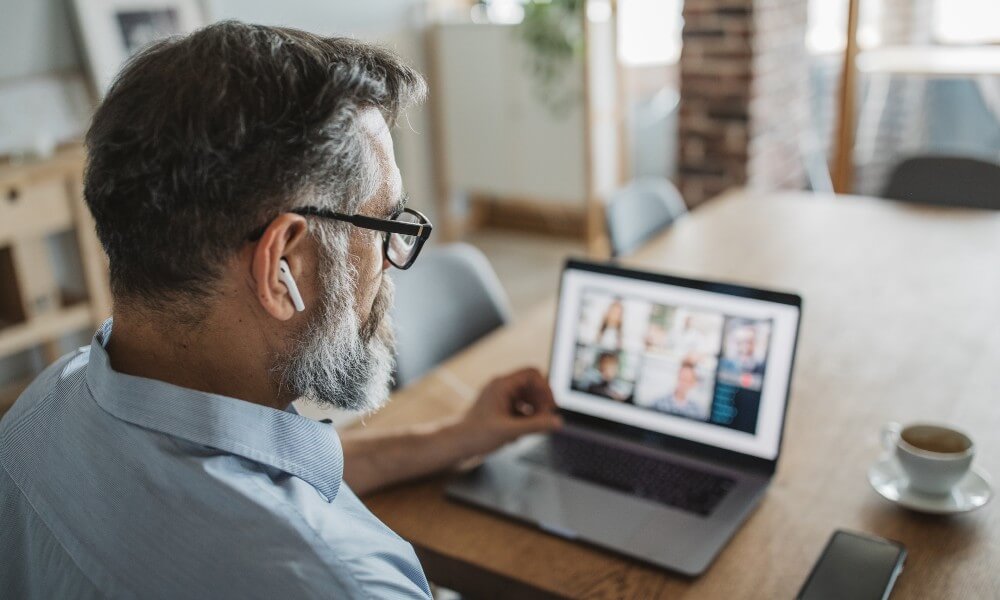Customers’ inadvertent purchases may help an enterprise’s revenue in unexpected ways. This is so because it improves consumers’ perceptions of the product as a whole. In addition, it’s useful for learning about the product’s target market’s needs and expectations. However, there is a possibility that a rise in sales returns is associated with impulsive buying behaviour.
Justifications for Impulsive Buying
The phrase “impulsive buying” describes the behaviour pattern in which consumers make unnecessary purchases on the spur of the moment. It raises consumers’ hopes for the brand and the associated products. The total demand for the products rises as a consequence, too.
Multiple studies have shown that anything from forty percent to eighty percent of consumer spending is impulsive. The idea that people make spontaneous purchases has been around for more than fifty years. DuPont’s 1945–1965 Consumer Buying Habits Study described impulsive buying as “the simultaneous occurrence of an unexpected purchase and a stimulative reaction.” Consumers often make purchases they had no intention of making because of this.
The term “impulsive purchase” refers to shoppers’ emotional reaction to a product, rather than their rational thought process. Emotional stability and the ability to exert self-control are key factors. A person’s willpower to restrain themselves when shopping may never succeed in the face of insatiable desires. The availability of discounts and deals plays a crucial role in igniting these yearnings. As an example, in 2022, 196.7 million consumers shopped at the Black Friday sale on the spur of the moment.
Similarly, while marketing to a customer base, I often feel like I’m playing a game of emotional manipulation. They’ve got a firm grasp of how a certain group of individuals tend to think and act psychologically and behaviorally. For instance, a wager is a constant want to buy alcohol, no matter how hard one attempts to resist the urge.
Shapes and Sizes
Consumers have identified four main categories of impulse buys. These sorts of impulse buying are pure, deliberate, provocative, and memorable. Customers’ usual buying habits are disrupted when they buy things on the spur of the moment. The recall impulse describes a comparable phenomena that occurs when consumers are reminded to buy a certain product. Suggestive buying is the discipline of encouraging consumers to give a thing a try only on the basis of its visual appeal. Finally, planned impulsive buying occurs when a customer has been eyeing an item for a while but is waiting for a bargain.
One of two things: peer pressure or an emotional response
One of the main causes of spontaneous purchases is the pressure from friends and acquaintances. The choices that close friends and family members make might also influence rash buying decisions. When people buy in groups, they take into account the preferences of others with whom they are travelling. Purchases are made on the spur of the moment because of this. If Mrs. A were to buy a new outfit, Mrs. B could feel obligated to follow suit.
Conclusion
The availability of sales and discounts is a common factor in spur-of-the-moment buys. Products having an associated discount are more likely to be purchased by consumers. In addition, many businesses only provide discounts for a short time, leading to intense demand within that brief window. Customers have a physiological response to these stimuli, and as a result, they are encouraged to make the purchases specified. It’s increasingly common on internet shopping sites and leads to impulse buys.






